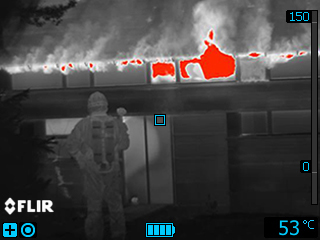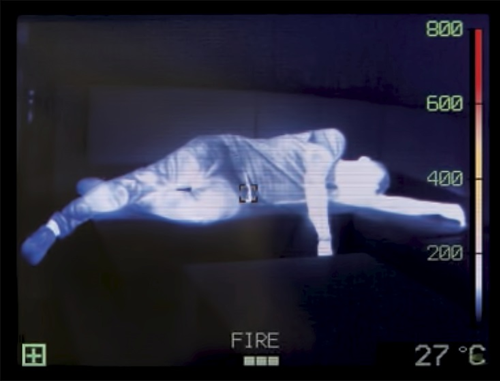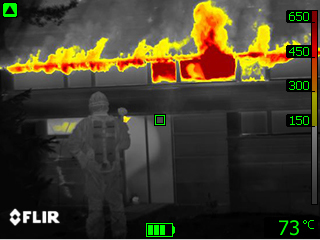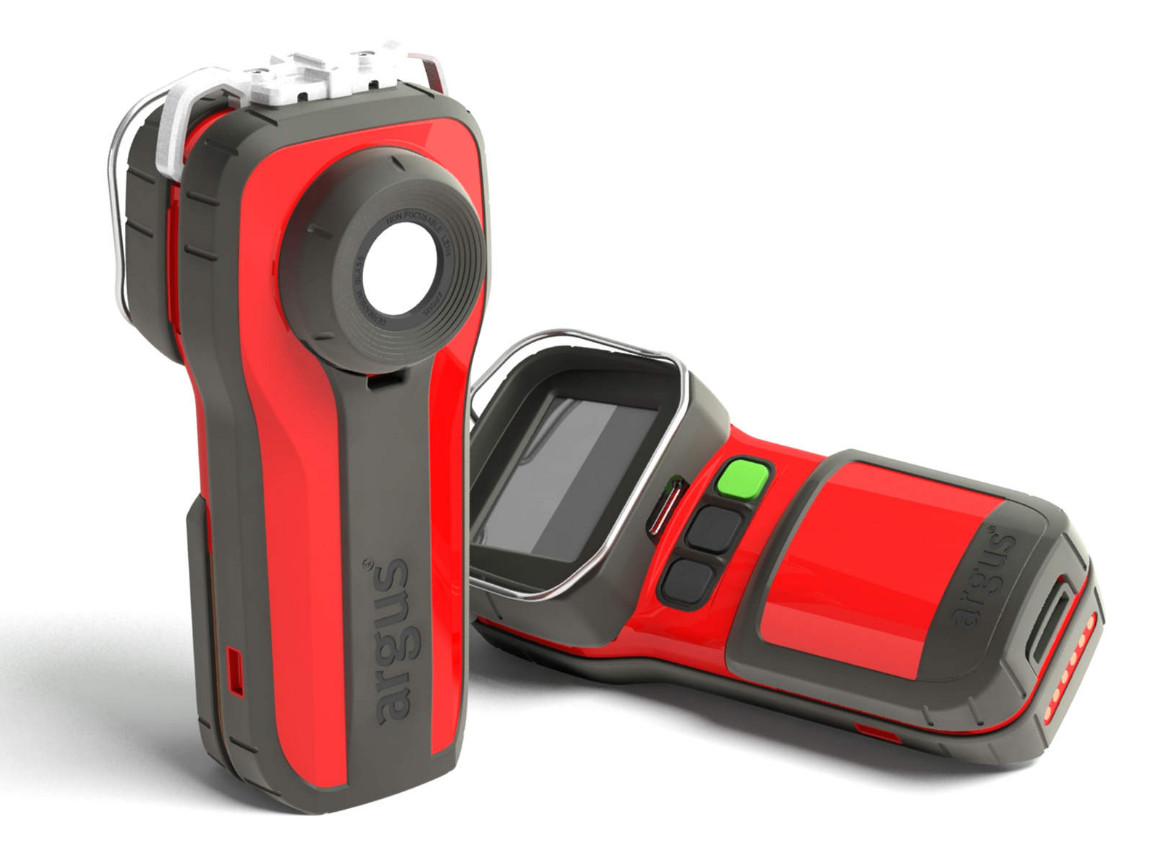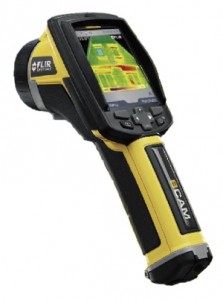 |
|
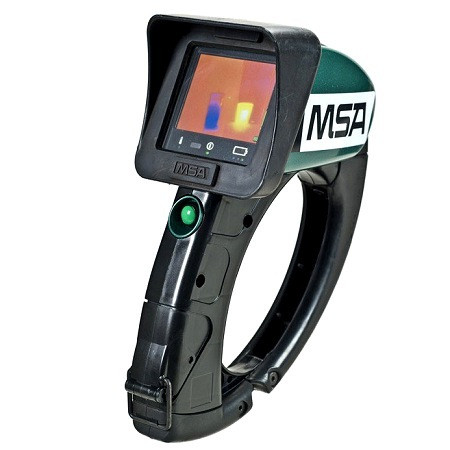 |
||
Pictures: FLIR B , ARGUS Mi-TIC, MSA Evolution
UNDER DEVELOPMENT JUN 2013 |
|
A Thermal Imaging Camera ( often referred to as a 'TIC') is a special camera able to see in the Infra red spectrum. As such it is able to see sources of heat and reproduce them as an image viewable to the human eye. Technically this is called Thermography and a TIC is a Thermographic Camera.
The TIC can be used to produce moving video or still images. They are in common in search and rescue situations across the works, being extensively used by Fire and rescue Services and Sea-Air Rescue (SAR) They are also used By Police forces and have military applications. They range in sizes from helmet mounted/ hand held up to helicopter mounted.
There ability to see through darkness or through smoke has lead to a wide spread adoption by Fire and Rescue Services (FRS).
At its simplest level it can allow firefighters to search buildings for persons trapped or overcome in smoke or to locate fire.
It will also allow Firefighters to read both the conditions in a compartment and the temperature of smoke emanating from a fire. Thermage image cameras started FRS use in the late 80's and are accredited with saving many lifes in fires, They have kept firefighters safe by enabling them safe access and egress from building fires.
More recently, questions have been rasied as to why firefighters, who were trapped in a tower block fire, did not use the TIC they had with them.
At high rise incidents TIC are invaluable. They should form a part of the initial external survey, the internal reconnisance and should be part of the equipment required by the compartment entry team. External survey: Upon arrival an external survey must be completed by the Officer in charge or his nominated safety observer as son as possible. An external viewing of the building will help identify the compartment(s) and/or floors affected by heat, Look for warming of windows and balcony doors. It is unlikely (although possible) that heat will be detectable through walls as most High Rise buildings are well insulated. If smoke is visible, look for heat or flame concealed in the smoke. Heated smoke and flame concealed by smoke will contribute greatly to fire spread. This information can greatly assist the incident commanders tactical selection. If at all possible the external safety observer should be equiped with a TIC throughout the incident. Ongoing updates of both visual and thermal observations should benpassed to the Incident commander.
